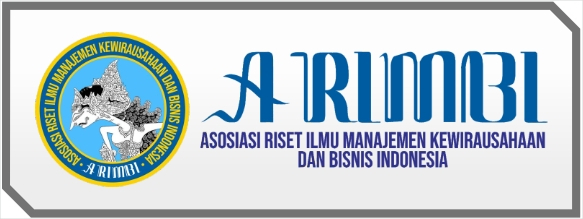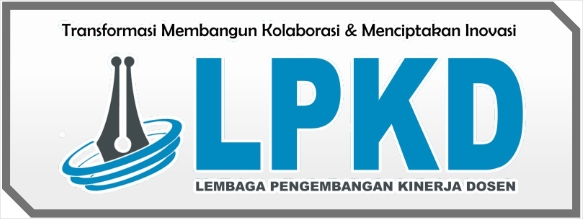Pengaruh Smartphone Addiction Terhadap Bedtime Procrastination Taruna Poltekip Angkatan 56 Prodi Manajemen Pemasyarakatan
DOI:
https://doi.org/10.55606/cemerlang.v3i4.1963Keywords:
Smartphone Addiction, Bedtime Procrastination, CadetAbstract
The general public must continually be informed of technological developments, such as the use of smartphones, also referred to as "smarphones," in order to be able to complete this role. Large-scale touchscreen cellphones have already been adopted by several countries throughout the world. Additionally, this phenomena was noticed by Cadets from the Polytechnic for Criminal Justice, notably Class 56 for the Correctional Management Study Program. However, there may be certain drawbacks to utilizing a smartphone. The taruna's most obvious practical effect, which resulted in time-wasting tiredness, was a brilliant addiction phone, The researcher did research to comprehend the relationship between the smartphone's kecanduan and the prokrastination of sleep time in the 56th program study of management of the POLTEKIP. This study employs quantitative methods to assess the effects of the independent and dependent variables. The study sample consists of 31 cadets from batch 56 of the POLTEKIP Correctional Management Study Program. The distribution of surveys through Google Forms was done using the random sample data collection technique. Because of the strong association between the variables X and Y revealed by the study's findings, the alternate hypothesis (Ha) was accepted and the null hypothesis was rejected. The study also reveals a weak relationship between procrastinating before bed and smartphone addiction.
References
Amez, S., Vujić, S., Soffers, P., & Baert, S. (2020). Yawning while scrolling? Examining gender differences in the association between smartphone use and sleep quality. Journal of Sleep Research, 29(6). https://doi.org/10.1111/jsr.12971
Buysse Charles F Reynolds Ill, D. J., Monk, T. H., Berman, S. R., & Kupfer, D. J. (n.d.). The Pittsburgh Sleep Quality Index: A New Instrument for Psychiatric Practice and Research. In Psychiatry Research (Vol. 28).
Geng, Y., Gu, J., Wang, J., & Zhang, R. (2021). Smartphone addiction and depression, anxiety: The role of bedtime procrastination and self-control. Journal of Affective Disorders, 293, 415–421. https://doi.org/10.1016/j.jad.2021.06.062
Handa, M., & Ahuja, P. (2020). Disconnect to detox: a study of smartphone addiction among young adults in India. Young Consumers, 21(3), 273–287. https://doi.org/10.1108/YC-12-2019-1077
Kroese, F. M., de Ridder, D. T. D., Evers, C., & Adriaanse, M. A. (2014). Bedtime procrastination: Introducing a new area of procrastination. Frontiers in Psychology, 5(JUN). https://doi.org/10.3389/fpsyg.2014.00611
Lin, Y. H., Pan, Y. C., Lin, S. H., & Chen, S. H. (2017). Development of short-form and screening cutoff point of the Smartphone Addiction Inventory (SPAI-SF). International Journal of Methods in Psychiatric Research, 26(2). https://doi.org/10.1002/mpr.1525
Ramaita, R., et al. "Hubungan Ketergantungan Smartphone dengan Kecemasan (Nomophobia)." Jurnal Kesehatan, vol. 10, no. 2, 2019, doi: 10.35730/jk.v10i2.399.
Sanusi, S. Y., Al-Batayneh, O. B., Khader, Y. S., & Saddki, N. (2022). The association of smartphone addiction, sleep quality and perceived stress amongst Jordanian dental students. European Journal of Dental Education, 26(1), 76–84. https://doi.org/10.1111/eje.12674
Zhang, M. X., & Wu, A. M. S. (2020). Effects of smartphone addiction on sleep quality among Chinese university students: The mediating role of self-regulation and bedtime procrastination. Addictive Behaviors, 111. https://doi.org/10.1016/j.addbeh.2020.106552




















